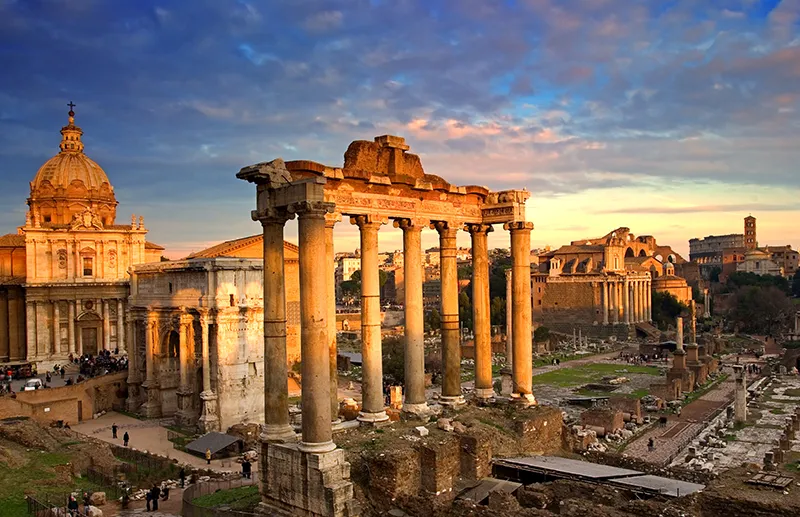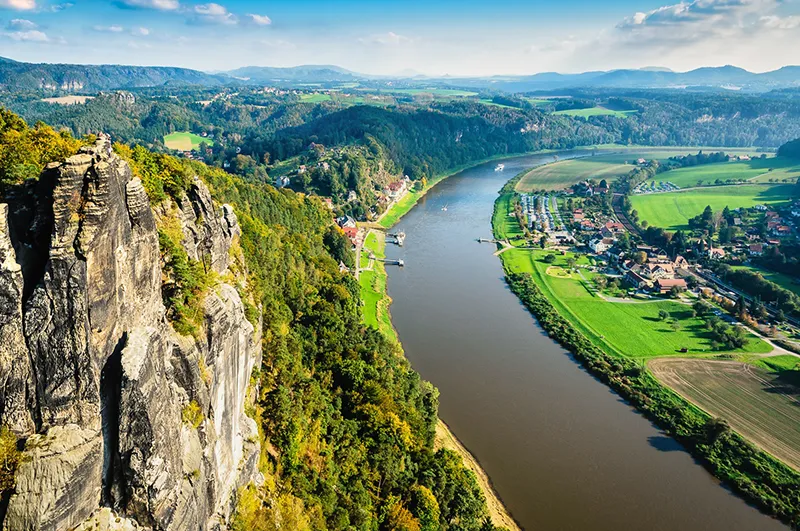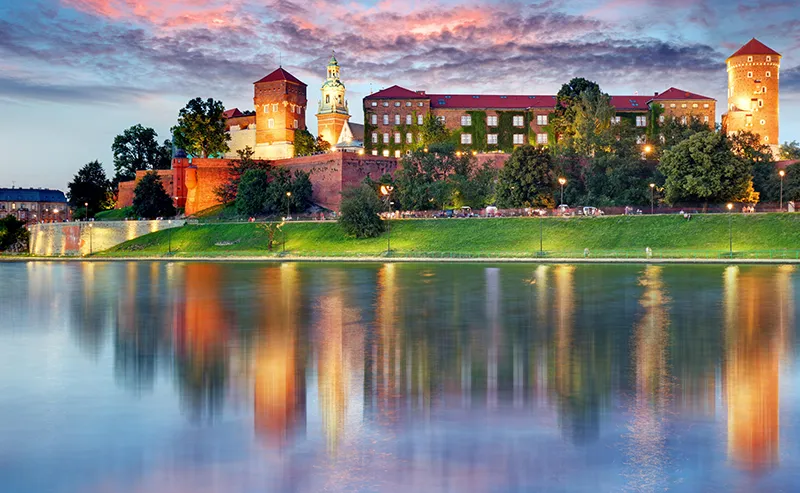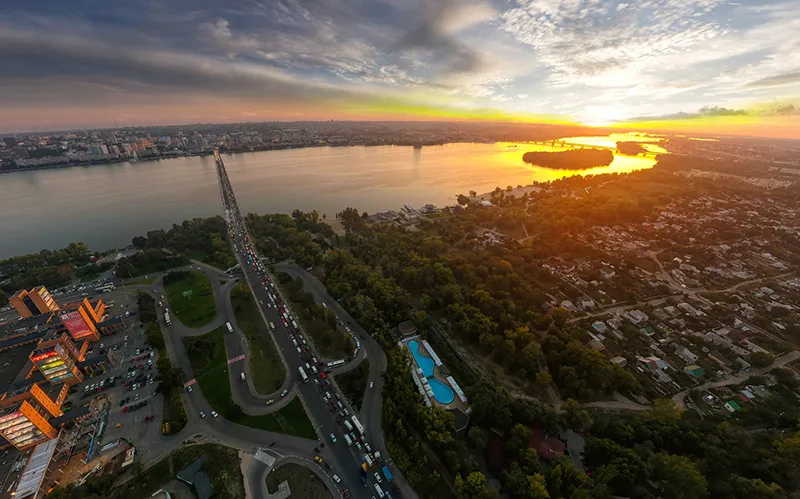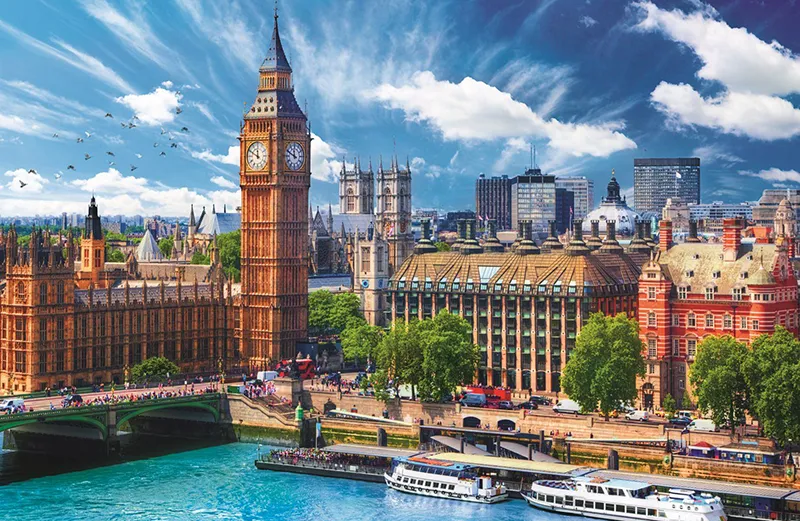Roman Forum
The Roman Forum is a historic area in the center of Rome, Italy that served as the center of city life in ancient Rome. It was the heart of political, religious and social activity for many centuries. The center of ancient Rome Roman Forum was a place for a variety of social activities including political […]

